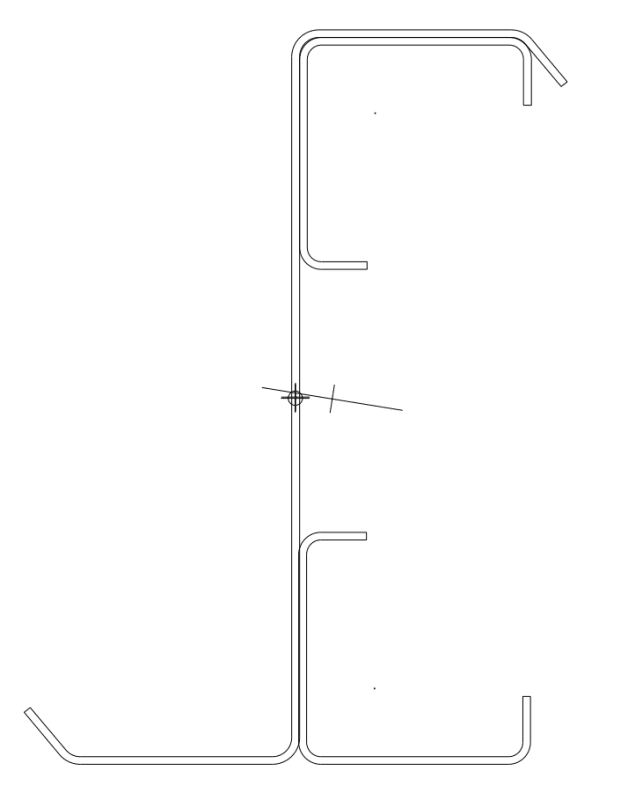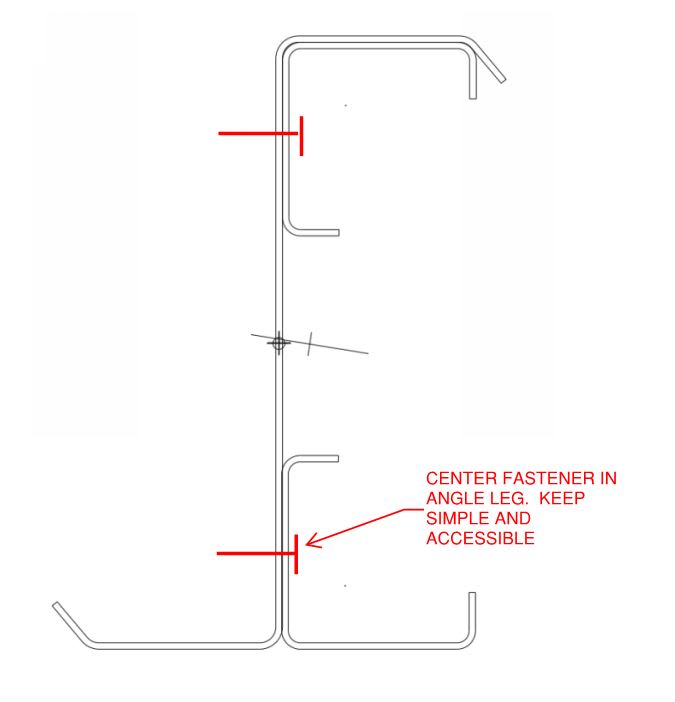Hi All,
I need to reinforce a cold-formed z-girt that is only accessible from one side. Due to brace rods passing through the center of the web I need to limit the reinforcing to the outer portions of the girt. I am planning on using self-drillers to connect the angles to the girt. I am curious how you guys would approach determining the demand on the fasteners and how to best locate them.
waysth

I need to reinforce a cold-formed z-girt that is only accessible from one side. Due to brace rods passing through the center of the web I need to limit the reinforcing to the outer portions of the girt. I am planning on using self-drillers to connect the angles to the girt. I am curious how you guys would approach determining the demand on the fasteners and how to best locate them.
waysth


